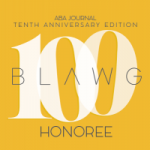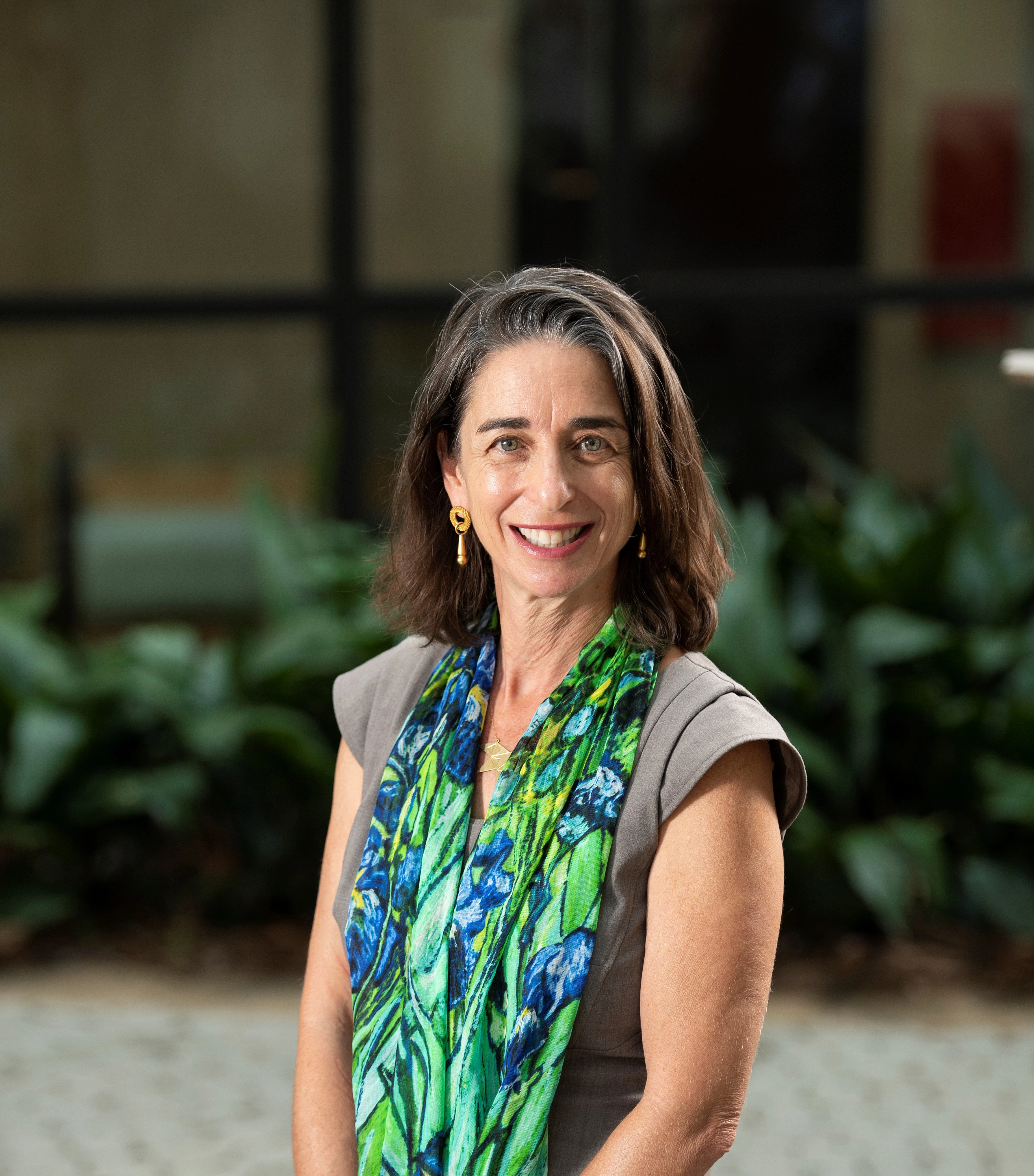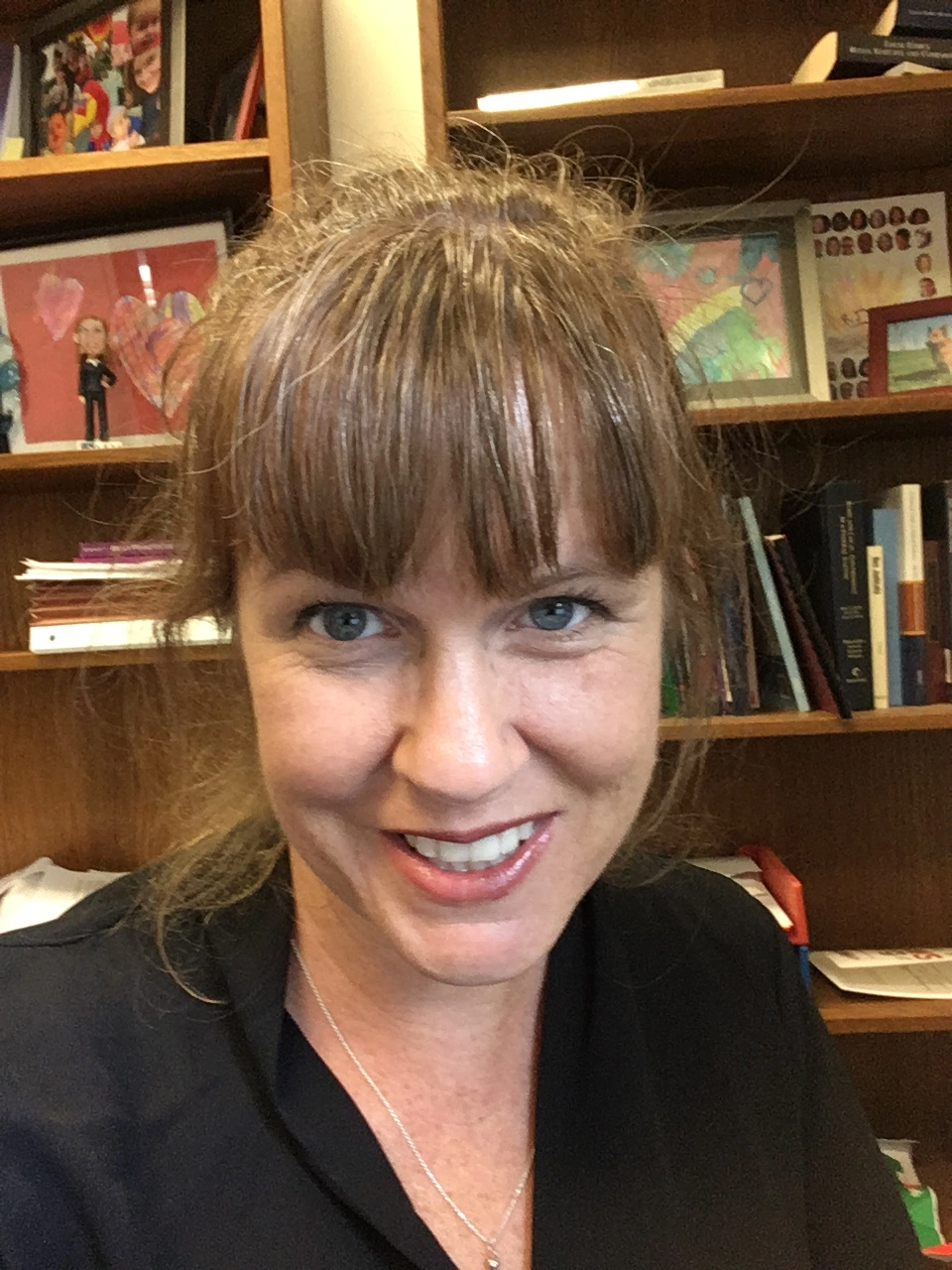By this point in August, all faculty, no matter how long you’ve teaching, come to the realization that your class is probably as ready as it is ever going to be. For those of us particularly interested in teaching law students, it’s also the time to get realistic about the extent to which we can incorporate all the best practices that we know should be in our classes to provide the best possible experiences for our students. So, what are some practical things you can do right now? This helpful information from WVU for faculty teaching for the first time can be a helpful checklist.
These are a few high yield resources that I find particularly helpful for turning these intentions into action.
- Accessibility
One of the most basic issues we all face is whether the material we provide our students is accessible to them. Fortunately, there are excellent resources to help use principles of universal design—and not only is it a good idea to follow these principles, it’s actually the law.
For that reason, it’s likely that your own university already has materials but here are some examples to get you started. An overview from Cornell, WVU advice specific to PowerPoints, a comprehensive resource from Colorado and some more pointers about PowerPoint from Blackboard. Often forgotten is the accessibility of video material—here’s some good advice.
Finally, here is a barebones checklist for documents from the U.S. Govt that could be helpful as a last step before releasing a more substantial document to the class.
- Clarity of Content
We all want to be clear—and it turns out there are some best practices for doing that. Here’s one to get started with. (more later)
- Inclusivity—a few thoughts on names
We all want our classrooms to be a welcoming learning environment for all of our students. A first step to doing that is just to remember that we all see the world through our own experiences and it’s likely that other people will see it differently. And luckily there are experts both within the field of legal education, law, and more generally higher education who can help us achieve that goal. My first advice is to seek out experts starting on your own campus. Beyond that—are a few resources and a warm invitation to include more in the comments.
The American Association of Colleges and Universities, a compendium of resources specific to GLBTQ inclusivity, and some information from the ABA.
Much is written regarding best practices in calling students by whatever name they choose—and maybe more on how to make that happen later.
But here’s something less discussed– the names we use for the many hypotheticals we end up writing. While it seems fun at the beginning to write the “stories” on which subsequent legal analysis is based, it turns out that naming our characters can be something of a minefield. It’s never a good idea to use the names of the student themselves or people they know—for one thing it can be distracting at best and depending on the hypothetical, perhaps even distressing.
Beyond that, Names are very powerful, and by choosing to name our plaintiffs, defendants, judges, and witnesses, we are sending messages about how we see the world and our students’ place in it. At this point, we are all conscious of avoiding offense by not making all the crime and accident victims women and all the judges men, let alone engage in racial, ethnic, sexist, abelist, sanist (please avoid the word “crazy” as hard as that is), homophobic or regional stereotyping [even when it’s in the context of ribbing sports rivals].
But there’s a next step beyond avoiding offense—and that’s truly inviting the larger world into our classroom by drawing names from a variety of cultures and regions. Where do we find these names? Baby naming sites! Here are two of my favorites baby name wizard and nameberry. You probably have your own to add in the comments.
Both of these sites have lists of contemporary popular names in different regions. At bare minimum, it opens up your fund of knowledge and allows for variety. But even better, it can help your classroom better reflect the diversity of our country.
To make it onto a top ten list, these are names that have probably been circulating for a while. Students may well have a cousin or a nephew with one of these names.
And as a side benefit for pure learning theory, having access to so many names avoid the inherent confusion of a hypo involve Paul, Peter, and Polly.
They can also help you avoid falling into gender traps—here are 150 gender neutral English language names. Caution. After doing this, it is essential to proof-read yourself so that you have not fallen into the trap such as making all the defendants Swedish and all the crime victims Norwegian. Caution 2: If you use these resources enough you may get a lot of diaper ads.
Recap—this post has a deliberately spare list of resources to help make your classroom more accessible and inclusive.
Have a great first week of class–
Jennifer S. Bard, J.D., M.P.H., Ph.D., Visiting Professor at the University of Florida’s Levin College of Law
Filed under: Uncategorized | Tagged: best practices, education, inclusivity, law, law professors, law school, resources |










Here at Albany Law School, it is our first day for all three years of JD! This is so helpful. I just distributed to my faculty.
Inhala y exhala.
Thanks Mary!